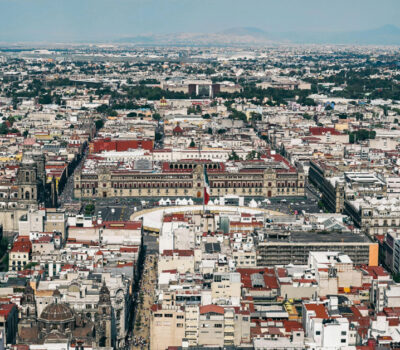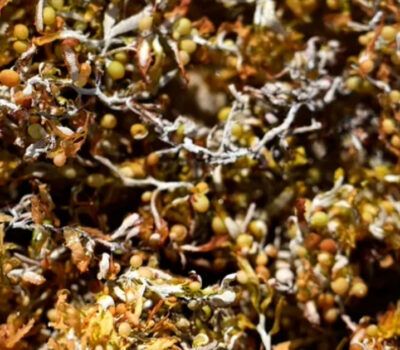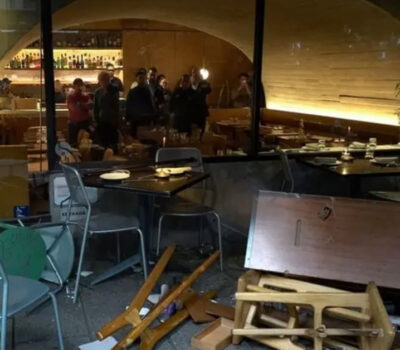Though the margarita is enjoyed in a variety of ways today, the origins of the cocktail whose base (tequila) is the national drink of Mexico are somewhat muddled, in bartender parlance.
Three things are certain: Before the margarita, came tequila. Before tequila, there was mezcal. Before mezcal, there was pulque.
Hundreds, perhaps thousands of years before anybody thought to invent a margarita machine, Aztec people in what is now known as Mexico harvested and distilled the heart of the agave plant to make pulque.
In pre-Hispanic Mexico, the heart of the maguey agave plant was cooked and its juices fermented to make the drink often used in religious rituals and referred to as “aguardiente” or fire water.
Legend has it a lightning bolt struck an agave plant, cooking it and releasing its juice. That is how the “elixir of the gods,” pulque, was born.
The origins of mezcal date to the Spanish conquest.
After the Spanish conquest of Hernan Cortes in 1521, Europeans accustomed to hard liquor and the distillation process who had run out of their own stock began looking for a local beverage solution. Having been introduced to pulque, an alcoholic drink made from the maguey plant, they looked for a way to create a similar drink with a higher alcohol content, and came up with mezcal.
Known as “poor man’s tequila,” mezcal is a distilled spirit made from the maguey plant, a form of agave.
The better-known tequila is actually a regional-specific name for mezcal made from the blue agave plant, primarily in the Mexican state of Jalisco.
After tequila came the margarita.
The margarita is the most popular tequila-based cocktail in the United States. The standard margarita recipe includes tequila, triple sec and lime juice.
Of course, being such a popular drink, there are many claimants to the “margarita inventor” throne.
One of many such tales is that Carlos “Danny” Herrera invented the drink at his Tijuana restaurant, Rancho La Gloria, in 1938. The story goes that one of his customers, aspiring actress Marjorie King, was allergic to all alcohol, except for tequila. To make tequila easier to drink, he combined the traditional elements of the way a shot of tequila is served (citrus, salt), and turned them into a cocktail.
Another version is that Margarita Sames, a wealthy Dallas socialite, first made the drink for friends, including Tommy Hilton, at her Acapulco home in 1948. Hilton eventually added the drink to the bar menu at his famous hotel chain.
Contradicting this story is the advertisement of the first importer of Jose Cuervo in the U.S. The line “Margarita: It’s more than a girl’s name” was first used in 1945.
Whatever their origin, margaritas are served today in a variety of ways: on the rocks, frozen, with mixed fruit or fruit flavorings, and often with a sugar or salt rim.
Though the margarita is perhaps best enjoyed in its original form, new twists on the traditional favorite are gaining ground.
One twist features a large frozen margarita with a Corona or Dos Equis beer bottle placed upside down in the drink. The idea is to lift the beer bottle as you drink and let beer escape into the margarita, cutting the sweetness.
Anheuser Busch has a line of Bud Light Ritas, including flavors such as Lime, Raspberry, Strawberry and Mango in cans.
Heineken recently introduced the Dos-A-Rita, a combination of Dos Equis lager and margarita flavors, also available in a can.
Whether you enjoy it frozen, on the rocks, in a can or from a premixed pouch, on May 5 remember to make a toast to our neighbors to the south.
Though the margarita is enjoyed in a variety of ways today, the origins of the cocktail whose base (tequila) is the national drink of Mexico . . .











